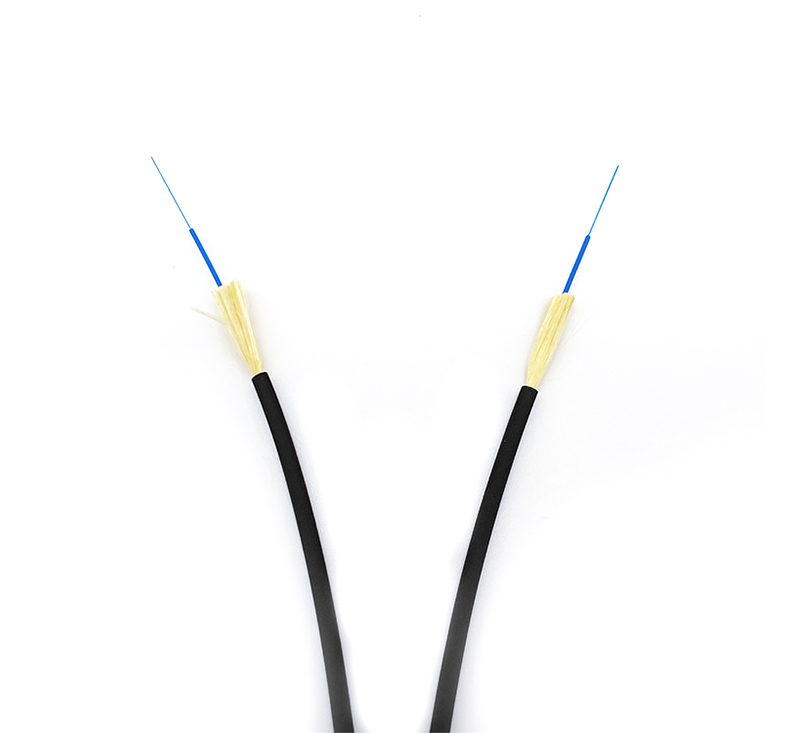How to carry out reasonable network wiring? Network wiring is a complex integrated wiring project, which tests the patience and delicacy of construction. If there is a problem in the network cabling, it is very fatal to the company, because the data center is the lifeblood of the enterprise business, without it, or if it has a problem, everything will stop, especially relative to business operations. If we do some simple planning in the early stage of network cabling and use some skills, we can ensure the high efficiency and reliability of the data center to the greatest extent.
How to carry out reasonable network wiring? Reasonable network wiring needs to follow nine tips:

1. Reasonable design is conducive to wiring. When you develop your data center plans, be sure to do it in a "cable-friendly" way. Do not place the rack in a location that is not conducive to cabling. Otherwise, you'll end up with a bunch of wire wrapped around the ground, or dangling cables from the ceiling. Plan carefully to avoid a "disaster" later. And be prepared for future expansion. Additional plumbing, etc., is needed more than you might think.
2. The jumper wire should not be too long. You have a lot of servers in your rack, each about a foot or so. Don't put three foot patch cords on these servers - it looks bad and is very inefficient. If the lengths between servers are odd, then use interfacing (and testing) techniques to get patch cords that connect nicely to each other. The extra length will give you the problem of cable tangles, kinks, and mess.
3. Don't skip tests. After you've got the wire in place, test it out. Don't take the so-called "star pass" test (a barely pass test). If you don't pass the test 100%, you need to do it again. If the cable still fails the test after doing some tests at the interface, throw it away. Make sure you are using a quality testing tool (and you know exactly how to use that testing tool very well). Such a simple step avoids eventual additional rework.
4. Don't be stingy on the joints. Don't try to be cheap just because it's cheap, and don't rush to cut the cable. If twisting the cable breaks the connection, you need to do it all over again, and you need to practice. You might think you've saved time and money. But in the end, you're going to have a lot of headaches because you need to fix all the joints.
5. Buy larger size wiring pipes. Don't buy the size of wiring pipe you need right now. Plan for the future. You never know what else you're going to add, you'll want to be able to take advantage of the wiring pipes you already have. If you buy a conduit that's just right for your needs, you won't be ready for the future, so buy a bigger one.
6. Keep the cables cool. You might think that only the servers need cooling - but that's a bad assumption. Cables also get hot, and if you have a lot of cables, high temperatures can spell disaster. When designing a data center, keep both the cabling network and the server racks cool.
7. Separate the Cat5 from the power cord. Don't mix Cat5 with power cords. You might not think it's a problem, but the power cord can cause interference with the Cat5. Of course, there is no problem with tying a lot of Cat5 cables to everything, but getting close to the power cables can have a bad effect. Either way, be sure to separate the power supply from the network.










